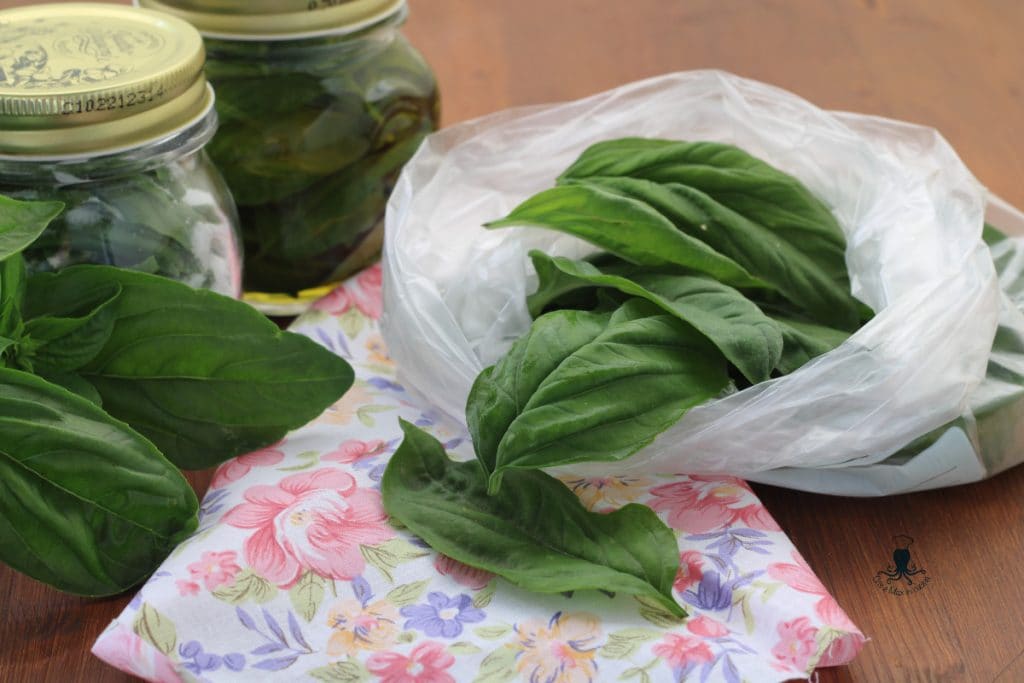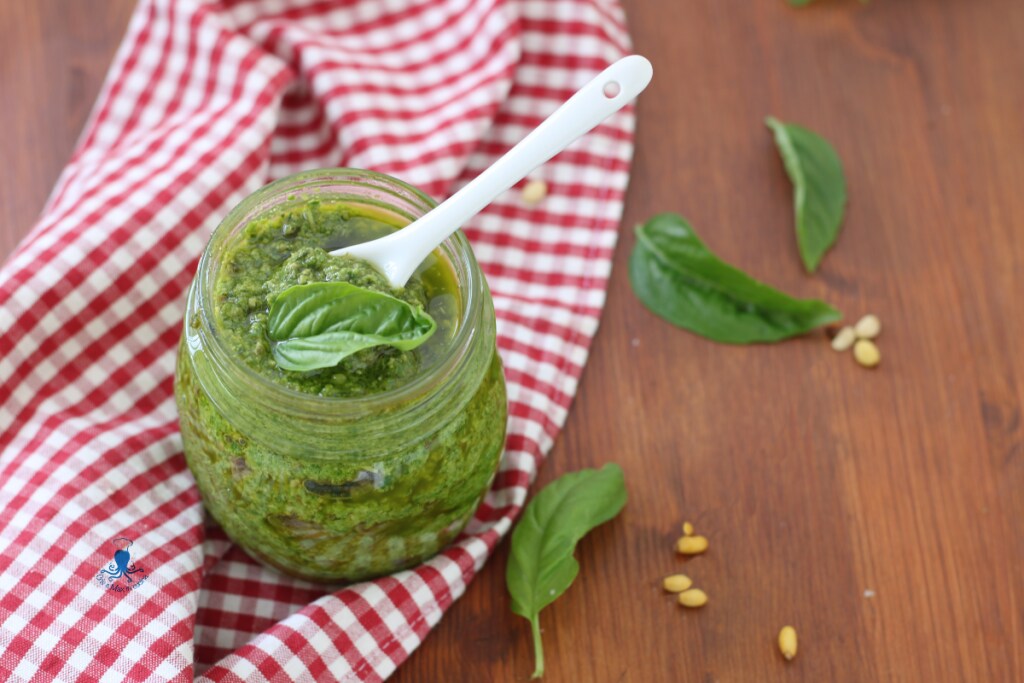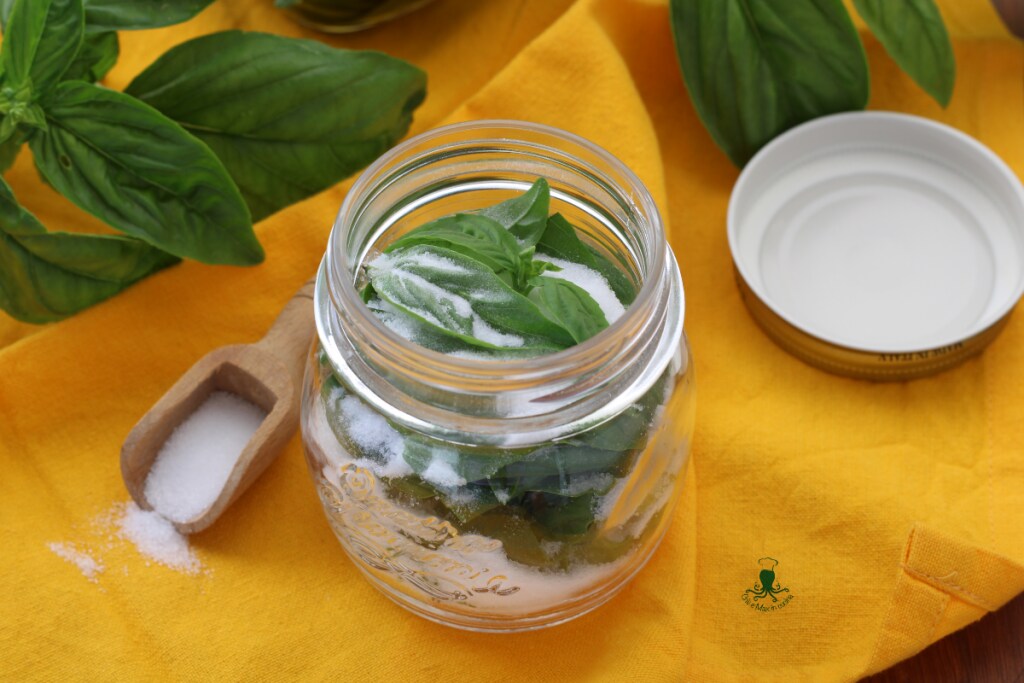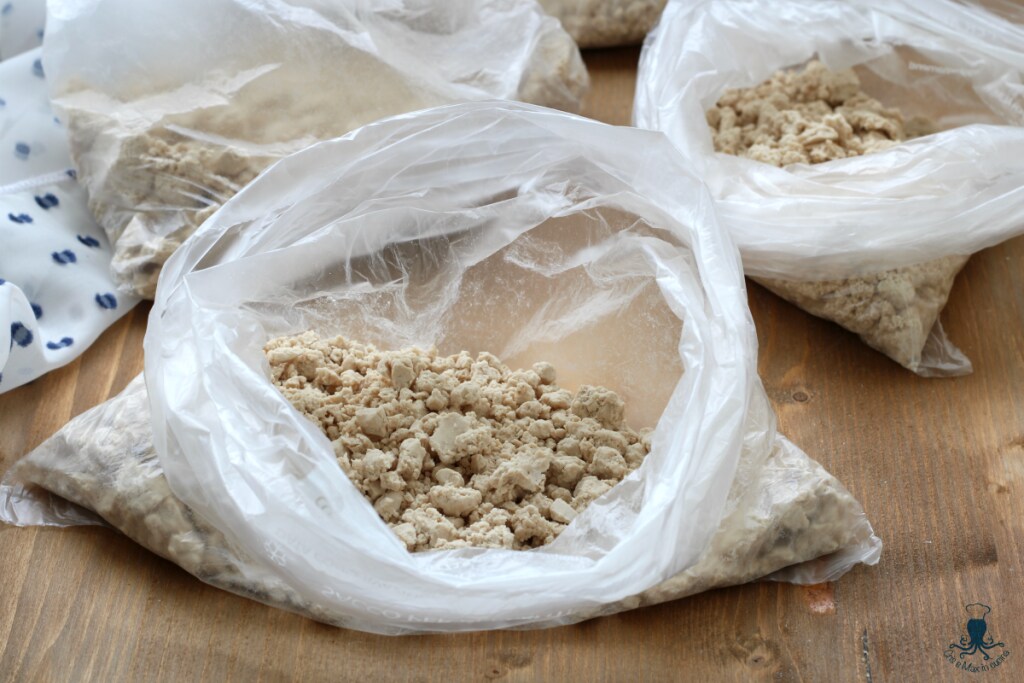How to freeze basil easily and quickly, to have a supply all winter long.
Basil is the symbol of summer: just crush a leaf between your fingers to release a scent that immediately brings us back to outdoor lunches, steaming pasta dishes, and fresh salads. But unfortunately, this precious aromatic herb has a flaw: it wilts quickly and out of season it becomes difficult to find it fresh and flavorful as in the warm months.
Fortunately, there is a simple method to enjoy basil all year round: freezing it. No special equipment is needed, just a few small precautions to preserve its intense green color and unmistakable aroma.

- Difficulty: Very Easy
- Cost: Very Cheap
- Preparation time: 5 Minutes
- Cooking methods: No Cooking
- Cuisine: Italian
- Seasonality: Spring, Summer
Ingredients for How to Freeze Basil:
- as needed fresh basil
Tools for How to Freeze Basil:
- 1 Plastic Bag
- 1 Baking Tray
- 1 Parchment Paper
- 1 Kitchen Towel
Steps on How to Freeze Basil:
In the early morning, pick the basil from your small garden, remove the leaves from the stems, take only the nicest ones, and quickly wash them under running water.
Place the basil leaves on a large cotton kitchen towel and let them dry well.
We recommend using kitchen towels that have not been washed with fabric softener.
When the basil leaves are well dried, place them on a baking tray lined with parchment paper, spacing them apart.
Put the tray in the freezer, and when they are well frozen, transfer them into a transparent food bag, and close the bag with a tie.
If you prefer, you can also chop the basil before freezing it, then place it on the tray in a thin layer and freeze it. Once frozen, crumble it with your hands and put it into a food bag. This way, you’ll get the classic chopped basil you buy at the supermarket.
The reason for using towels washed without softener is because softener releases substances that are harmful, so it’s better to avoid it since we will eat the basil afterward. Alternatively, you can use half a glass of vinegar in the last rinse of the towels.
GENOESE PESTO with and without Bimby.

Curiosity
Have you ever wondered what the difference is between freezing and deep-freezing?
Many people use the terms “freezing” and “deep-freezing” interchangeably, but in reality, they indicate two different processes.
Freezing means lowering the temperature of food to below zero (generally around 0°F) gradually, as happens in regular household freezers. Slow cooling causes the formation of larger ice crystals inside the food, which can slightly alter its texture once thawed.
Deep-freezing, on the other hand, is a much faster industrial process: foods are brought to very low temperatures (0°F or lower) in very short times, thanks to specific machinery. Fast cooling generates very small ice crystals, better preserving the structure, texture, and organoleptic properties of the food.
In practice, at home we freeze, while the products we buy already ready and packaged with the label “deep-frozen” have undergone a faster and more effective industrial process.
FAQ (Questions and Answers)
Is it better to freeze basil whole or chopped?
It depends on what you want to use it for: whole leaves are ideal for garnishing and adding at the end of cooking, while chopped basil is perfect for sauces, pestos, and quick dressings.
How long does frozen basil last?
If properly stored in airtight bags or suitable containers, it can last up to 10-12 months without losing too much aroma.
Once thawed, can I use basil raw?
Frozen basil tends to lose some texture, so it is preferable to use it in cooking or in preparations where texture is not crucial.



